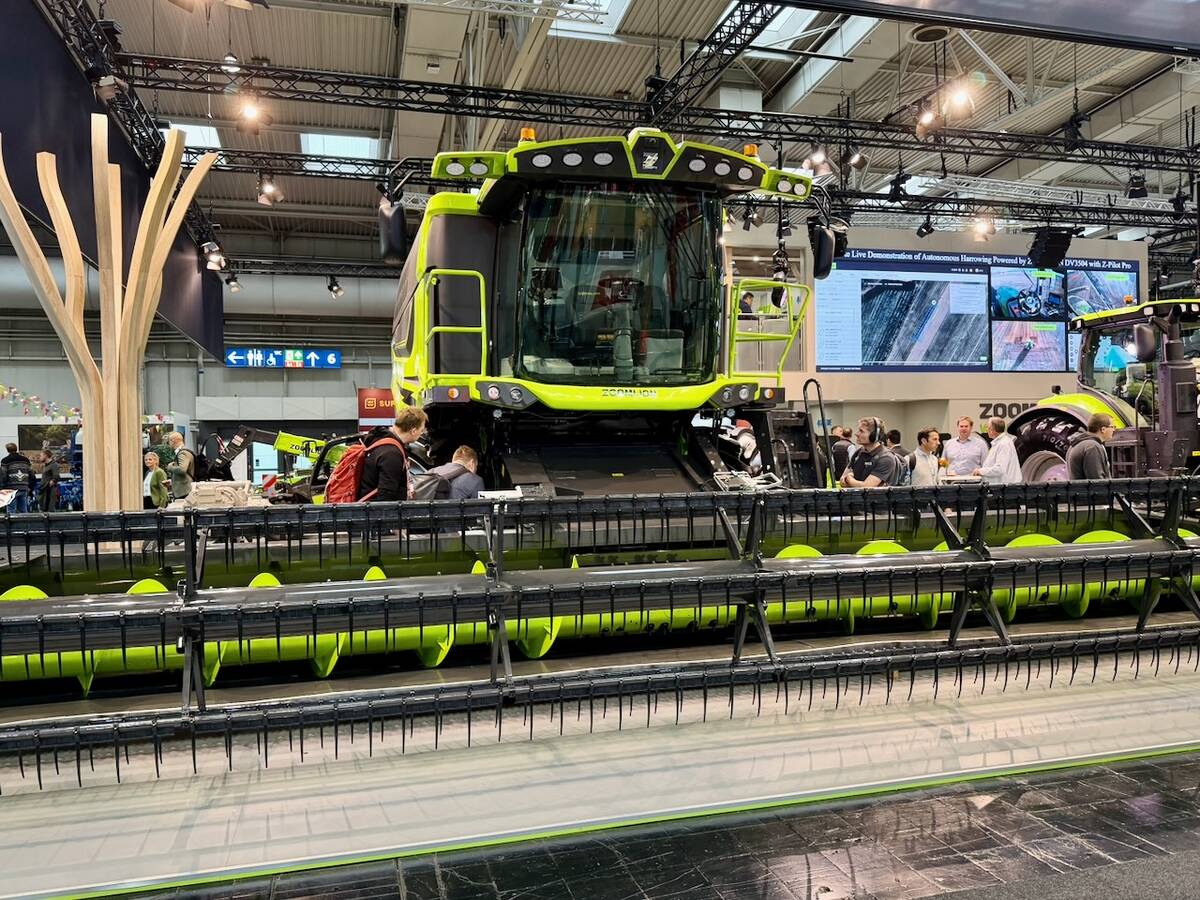When it comes to a winter feeding plan, there are many benefits in early planning.
Brian Koberstein, intensive livestock operations engineer with Alberta Agriculture in Barrhead, said many producers consider how much feed is needed to carry a herd through winter and plan accordingly.
“Taking the next step beyond that is where benefits to an operation come in.”
If asked early, there are a few questions that can help producers capitalize on opportunities in the marketplace. They should have answers for the following questions:
Read Also

Agritechnica Day 3: Hybrid drive for a combine, data standards keep up to tech change and tractors of the year
Agritechnica 2025 Day 3: Hybrid drive for a combine, data standards keep up to tech change and tractors of the year.
- How good is the feed on hand?
- Where will different classes of roughage or grains best be used?
- Is there an opportunity to market surplus or high quality feed?
- Is there a need to buy supplemental feeds?
- Are there alternatives to supplemental feeds that could be considered?
“Knowing the quality of feed early enough to manage it properly is a huge benefit,” said Koberstein.
“It can mean that hay with a higher protein level can be targeted into a post-calving ration or that some straw can be rationed in when using this high quality hay on dry cows. This situation can even allow for some feed to be sold.
“The same can be said if testing shows that hay quality is poorer than expected. Supplemental feeding or mixing in grain ensures that a cattle herd can maintain good condition throughout the winter.”
The winter feed program should be evaluated annually. It takes a little time, but is worth the effort.
“The overall feeding period goal is to meet production goals as efficiently as possible,” said Koberstein.
“The chance of achieving this goal increases as the awareness of feed quality, quantity and price increases.
“Both over-feeding and under-feeding can be avoided.”














